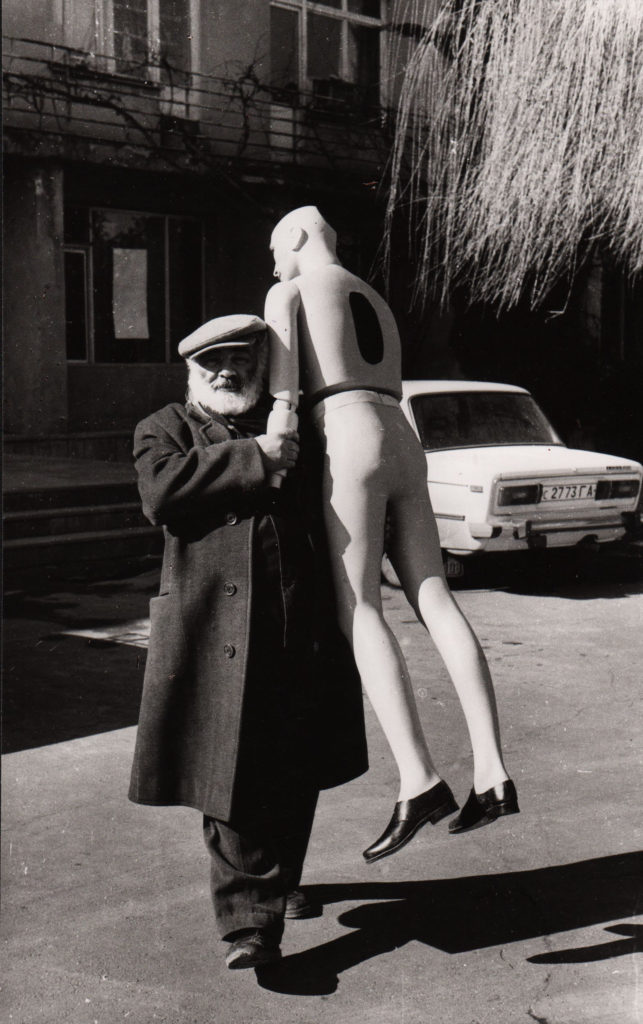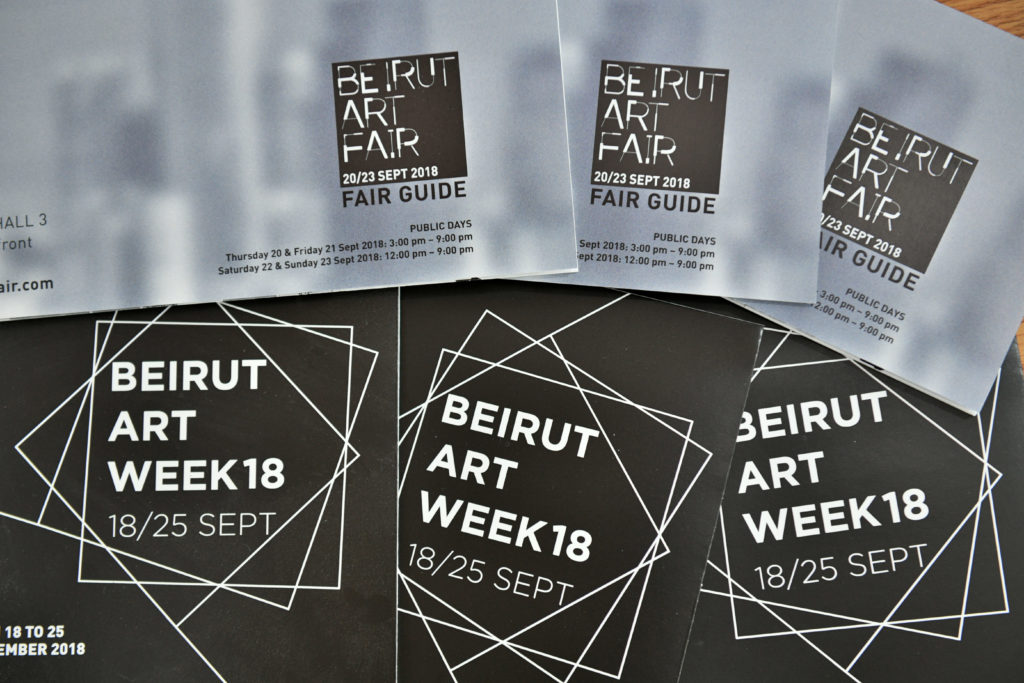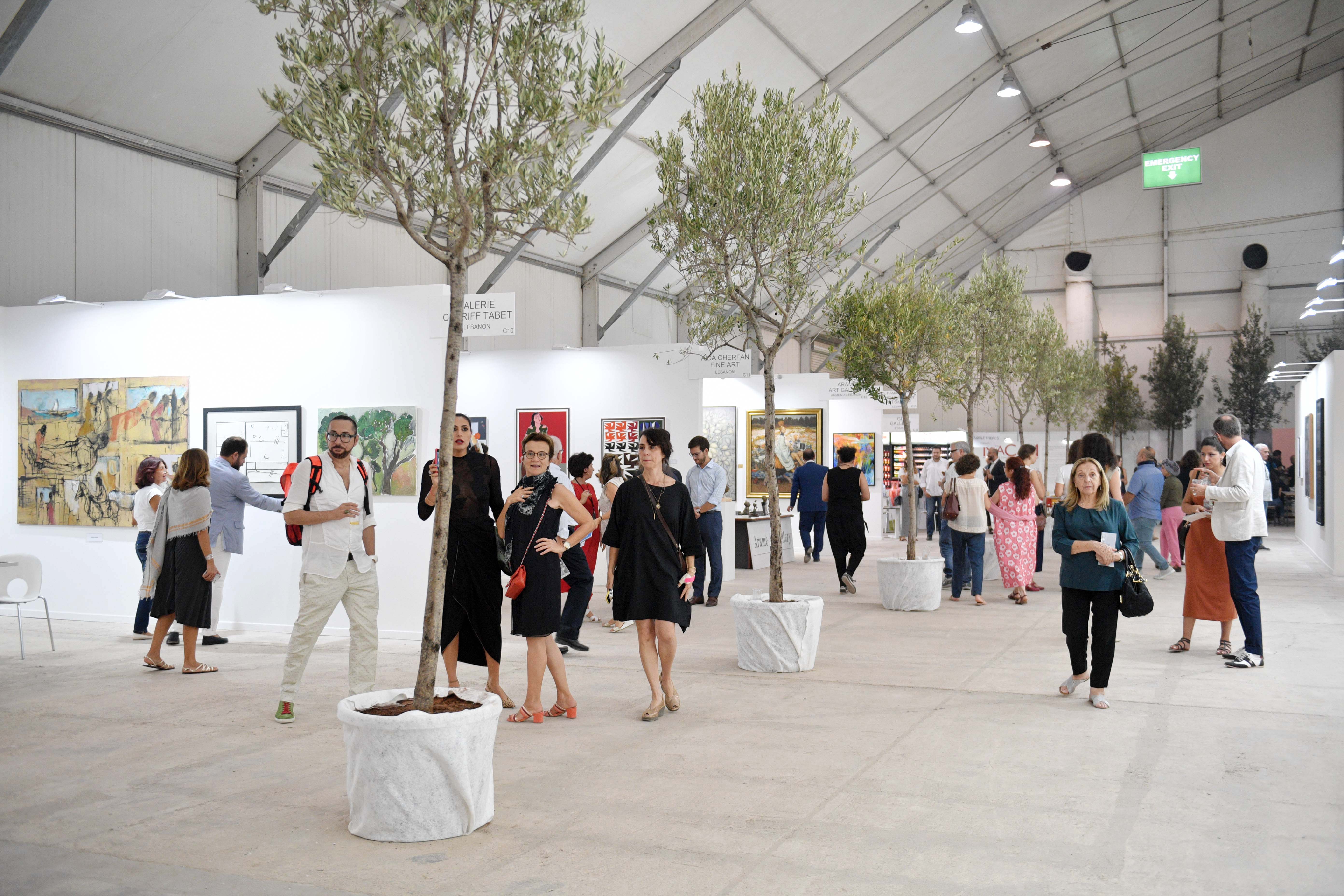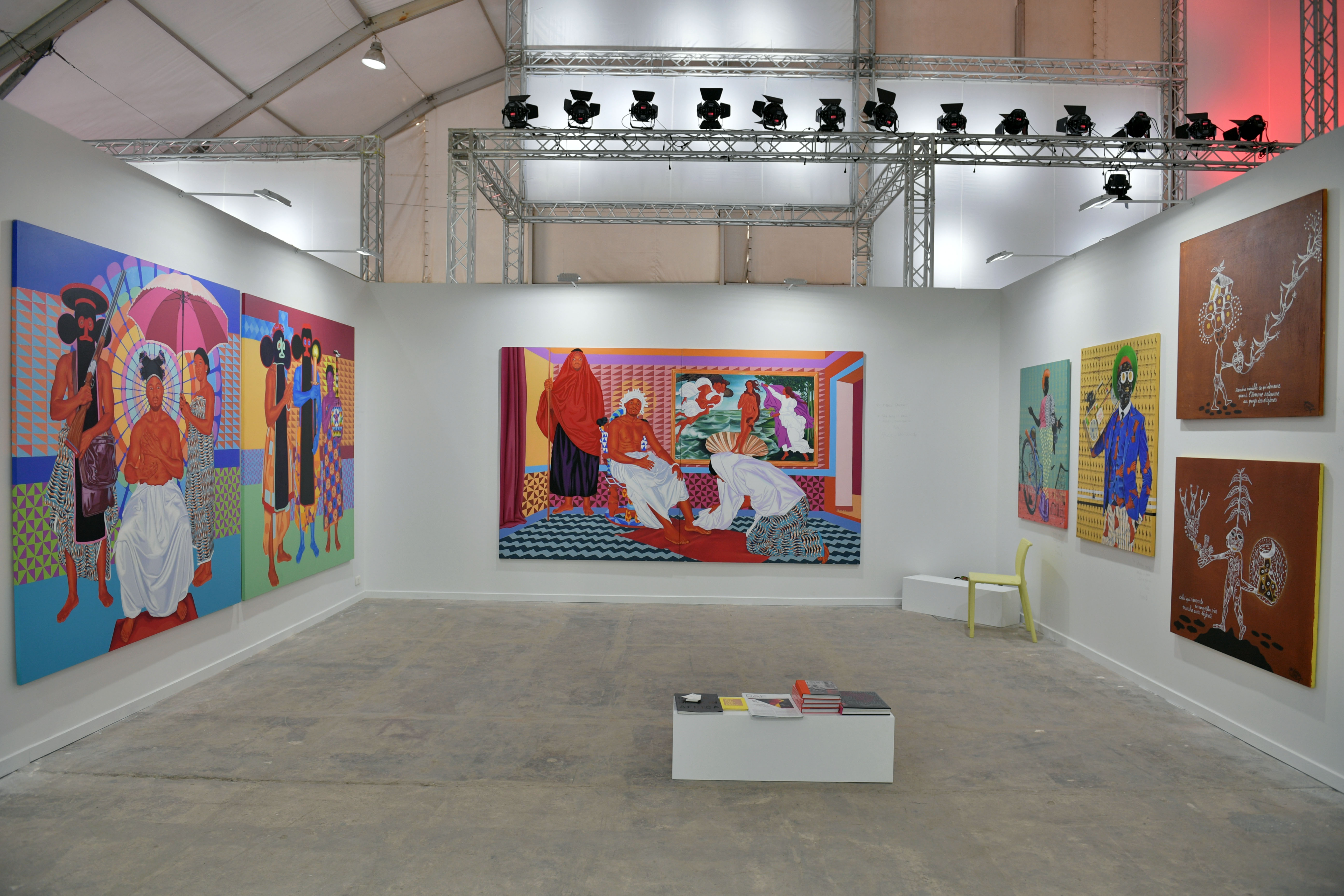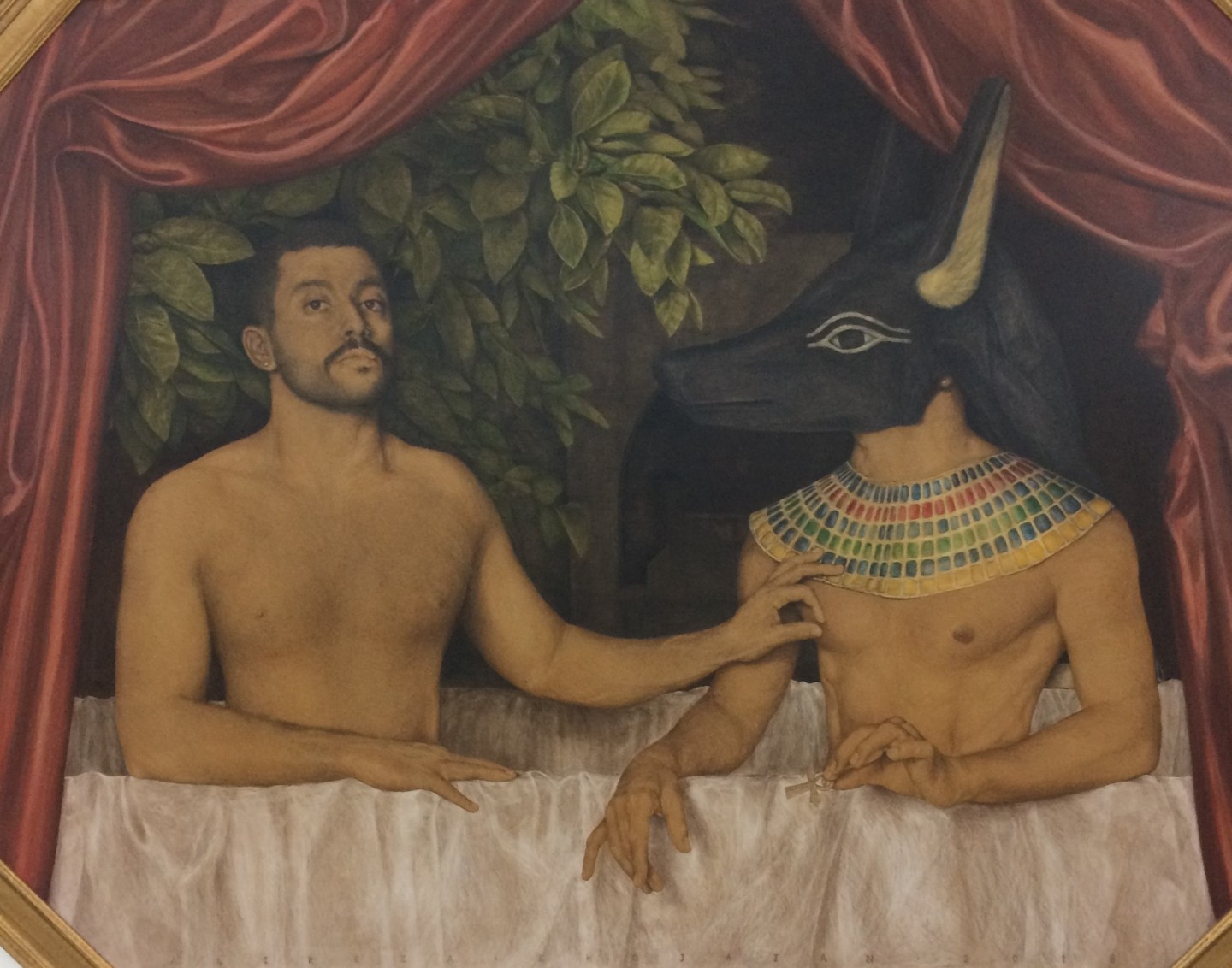Հայաստանում արվեստի կրթությամբ զբաղվող հաստատությունները չունեն ռեստավրացիայի բաժիններ: Այսօր այդ գործով զբաղվող նկարիչները հմտություններ ձեռք են բերել արտասահմանում վերապատրաստումների և պրակտիկ աշխատանքի ընթացքում:
Հայաստանի ազգային պատկերասրահի վերականգնման բաժինը հիմնվել է երեսունականներին՝ թանգարանի ստեղծումից մեկ տասնամյակ անց:
Այսօր թանգարանում առկա է մոտ 40 հազար ցուցանմուշ, որից 15 հազարը անհապաղ վերականգնման կարիք ունի: Սակայն այդ ճանապարհին մի քանի խոչընդոտներ կան, այդ թվում՝ վերականգնման լաբորատորիայի, ժամանակակից տեխնոլոգիաների բացակայությունը:
Պահոցներում և ցուցասրահներում առկա գործերի պահպանության և վերականգնման պատասխանատվությունը դրված է վերականգնման 9 հոգանոց բաժնի վրա, ընդ որում՝ նրանցից միայն 7-ն է բուն վերականգնող:
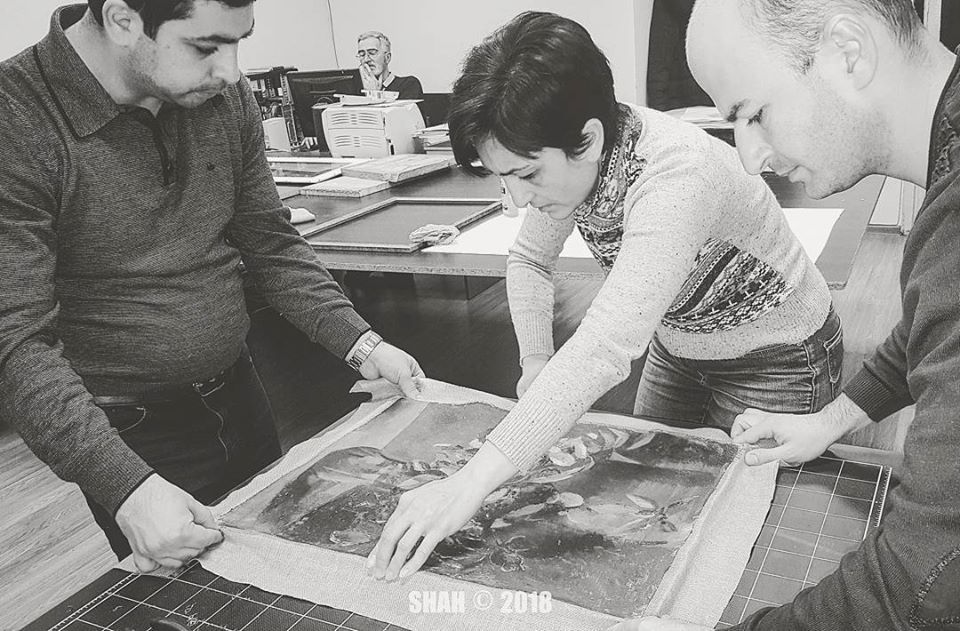
Արդեն 23 տարի ՀԱՊ վերականգնման բաժնում աշխատող նկարիչ-վերականգնող Ամալյա Հովսեփյանը շեշտում է, որ վերականգնումը մեծ համբերություն ու ջանքներ պահանջող աշխատանք է։ «Մենք մեզ շատ հաճախ համեմատում ենք բժիշկների հետ, ասում ենք՝ մենք կերպարվեստի նմուշների բժիշկներ ենք։ Մեր հիվանդի լեզուն ու ցավը ինքներս պետք է հասկանանք, ապա՝ կազմակերպենք բուժումը, այսինքն՝ վերականգնումը», – պատմում է նա։
Պատկերասրահի վերականգնողների թիմն ավելի շատ հակված է ռեստավրացիայի՝ ռուսական դպրոցի ավանդույթներին` գերադասելով աշխատել բնական նյութերով. «Ներկայում Եվրոպական երկրներում աշխատում են սինթետիկ նյութերով, ու բավականին գոհ են արդյունքներից, բայց մենք խիստ կասկածով ենք վերաբերվում դրան, որովհետև սինթետիկան բնականի հետ վաղ թե ուշ իր բացասական ազդեցությունը թողնում է», – ասում է Ամալյա Հովսեփյանը։
Կախված աշխատանքի բարդությունից, վնասվածքից՝ նկարների վերականգնման աշխատանքները տարբեր են լինում: Երբեմն ներկաշերտի մեկ անգամյա ամրակայումը չի բավարարում: Պատճառը, ըստ նկարիչ-վերականգնողի, հաճախ հենց կտավների հեղինակներն են, որոնք փորձարկումներ են արել, տեխնոլոգիաների «խախտումներ» իրականացրել. «Շատ դեպքերում արվեստագետները նկար նկարի վրայից են ստեղծել, ինչի պատճառով կտավը չի շնչում, իսկ դա շատ խոցելի է դարձնում գործը։ Օրինակ, Հակոբ Կոջոյանի գործերն ամեն ցուցադրությունից առաջ լուրջ ռեստավրացիայի կարիք են ունենում»։
Բնական նյութերի ձեռքբերումը նույնպես հեշտ չէ, քանի որ հայաստանյան շուկայում դրանք կա’մ քիչ են, կա’մ չկան, և ՀԱՊ-ը հատուկ նկարների վերականգնման համար դրանք պարբերաբար ներմուծում է դրսից:
Աշխատանքները տարբերվում են նաև կախված նրանից, թե որ ժամանակաշրջանին է վերաբերում նկարը, քանի որ այլ են կտավները, հիմնաներկերը, նյութերը, ներկերի բաղադրությունը և այլն։ Հին աշխատանքների համար հիմնաներկերը պատրաստում են հենց նկարիչ-վերականգնողները
«Այս ասպարեզը քիմիայի, ֆիզիկայի, մաթեմատիկայի, նկարչության, արվեստաբանության, պատմության իմացություն են պահանջում։ Այլ երկրներում աշխատում են համապատասխան մասնագետների հետ, բայց քանի որ մենք չունենք լաբորատորիա, այդ հնարավորությունից զրկված ենք», -ասում է Հովսեփյանը:
Տարիներ առաջ բաժինը նոր սարքավորումներ ստացավ Ճապոնիայից, սակայն ժամանակակից ռեստավրացիայի պահանջների 1 տոկոսին անգամ դա չի համապատասխանում: Թանգարանում եղած նմուշները բավականին տարբեր են ու նրանց հետ աշխատանքը պահանջում է բազմաֆունկցիոնալ տեխնոլոգիաներ: Այդ միջոցների բացակայության պատճառով վերականգնողները ստիպված են լինում ձեռքով աշխատել: Օրինակ, եթե այլ երկրներում նկարների բացակայող թուղթը լրացնում են վակուում սեղաններով, այստեղ դա կատարվում է ձեռքով:
Հատկանշական է, որ պատկերասրահի ցուցասրահում ջեմաստիճանի կայունության պահպանումը դեռևս կատարվում է օդորակիչներով, սակայն ծրագիր կա ապագայում դրանք փոխարինել բարձրակարգ օդափոխության համակարգով: Պատկերասրահից վստահեցնում են՝ օդափոխության և ջերմախոնավեցման համակարգի հետ կապված աշխատանքներն արդեն իսկ սկսվել են, և այս տարվա ընթացքում արդեն կլինեն նոր պայմաններ:
Լուսինե Ոսկանյան
Լրագրող
Հոդվածը պատրաստվել է «Արմենիա Արթ Ֆեյրի» աջակցությամբ:
«Արմենիա Արթ Ֆեյրը» նախաձեռնել է հոդվածների շարք, որի նպատակն է խթանել արվեստի ոլորտի կարևոր թեմաների քննարկումը: Ծրագրի շրջանակում հարցազրույցների և հանդիպումների միջոցով կփորձենք ներկայացնել, թե ոլորտի քիչ լուսաբանված ճյուղերը զարգացման ինչ փուլում են գտնվում Հայաստանում և առկա ներուժը ուր կարող է հասցնել:



